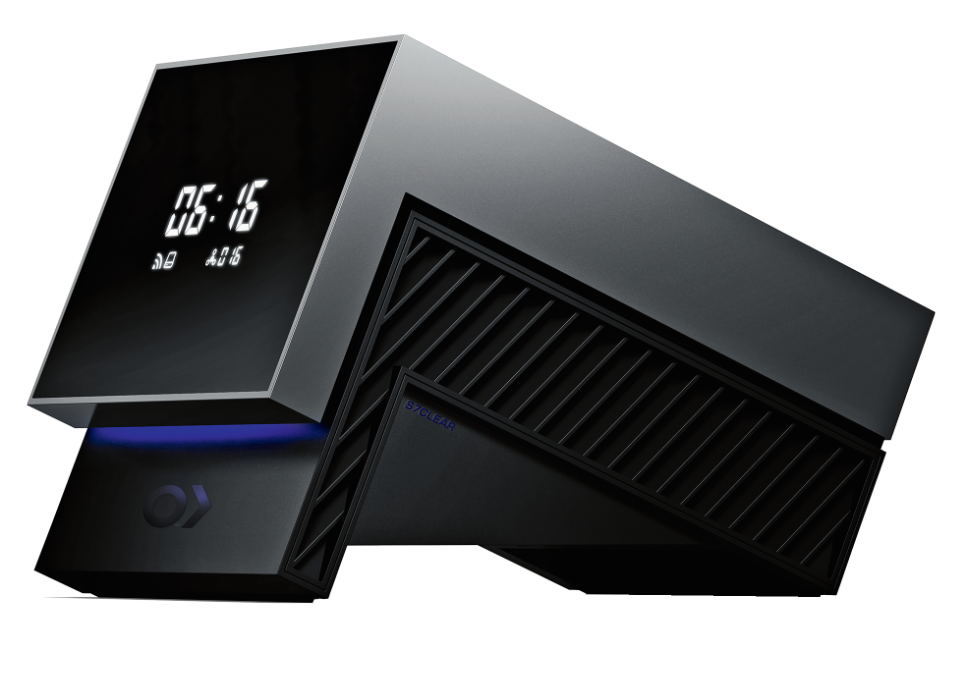
IoT Solutions for Fintech Providers
Applications for IoT in fintech and how financial companies can use this trend to gain a competitive edge over their competition.
With a $25 billion growth outlook in the next couple of years, the Internet of Things will soon force fintech companies to rethink their operations. Among the spheres that will fall victim to the most disruptive changes are payments, security, customer experience, infrastructure and internal operations.
In this article, we will explore the existing Applications for IoT in fintech and how financial companies can use this trend to gain a competitive edge over their competition.
The Benefits of Fintech and IoT Integration
The primary benefit of fintech IoT is instant data collection and processing. IoT sensors in finance represent a source of valuable data – insights on users’ behavior and preferences. Using this data, fintech companies and service providers can offer:
increased customer service better risk management and decision making
improved security Moreover, smart wearable devices provide increased mobility and convenience.
The internal business application of fintech IoT solutions allows providers to improve their business efficiency through process automation.
The Internet of Finance
How Can We Use IoT in Finance?
Retail banking is one of the spheres that can benefit from fintech IoT adoption. Just like brick-and-mortar retailers, they can use smart devices to improve their customer service and streamline internal operations.
Citibank was among the first to adopt Beacons in their operations, allowing customers (with the use of their smartphones) to unlock the doors to their ATM lobbies during off hours (instead of with a card).
Here are some more ideas on how banks can use IoT solutions to offer enhanced customer services:
Contextual service
Beacons and other context-aware smart devices can help bankers improve their customer service. For example, they can welcome their customers as they approach or enter the branch or send them personalized messages.
Immediate support
Alternatively, smartphones can also be used as Beacons to notify the account managers when a customer enters the branch.
Indoor navigation
One of the primary Applications for Beacons (indoor navigation), can also come in handy for helping customers find their way around the branch. Thus, customers can specify the reason for their visit and get instantly assigned to the right specialist.
Queue management
In addition to helping customers navigate on-site and find the right representative to speak to, smart devices can also serve as an electronic ticket. It can provide information about the specialist they are assigned to as well as instantly notify them when they are up next.
IoT-based security solutions can be a gamechanger for fintech providers, making financial operations safe and transparent. A number of wearable devices offer biometric authentication methods for wireless payments and money transfers. For instance, Nymi offers an enterprise-grade security solution based on biometric data.
Payments and commerce represent another promising IoT sphere in fintech. In addition to improving the security of such transactions, wireless payments are faster and more convenient, compared to traditional card operations.
Wireless transactions using smart devices can serve as a foundation for self-checkout services across a number of business domains. A similar concept is being developed by Amazon in its self-checkout stores.
The use of IoT devices in insurance is often overlooked. Yet, they can help service providers implement dynamic pricing models – the so-called usage-based insurance. Thus, some providers are already testing smart devices that track vehicle performance and maintenance to adjust their plans accordingly.
Similar solutions can be applied to real estate and even health insurance.

How to Implement IoT Solutions in Fintech
The Development Process and Pitfalls to Consider. The main challenge in using IoT sensors in finance lies in the fact that you need to take into account both the specifics of IoT development and the pitfalls of starting a fintech company.
As a result, the implementation process should include the following aspects:
Concept and Audience
As with any other product, be it an IoT solution, fintech startup, or something completely different, your first step should be to validate the concept and conduct thorough research on your audience. It is always better to know if your product will find its niche before you invest thousands of dollars and months of hard work into building it.
That is why you need to verify the demand for your product and define its unique value proposition. As soon as you see that there is a specific need that can be catered to, you can move on and build your solution.
Data
When building IoT solutions for fintech, you need to, first of all, define the type of data you will collect and its processing methods. Storage security is another question you need to keep in mind (especially now, as the data protection policies are stricter and more explicit than ever with the introduction of GDPR).
One of the best practices to comply with the regulations is to limit the collection of data that is not absolutely necessary for your business and set clear requirements for data processing and storage within your organization.
Hardware Design
Designing custom hardware can be a challenge. Not only do you need to come up with a design and set up the manufacturing processes, you will also need to convince your users buy it (in addition to the smart devices they are already using). Although this approach is a surefire way to monetize your product, it requires significant marketing efforts.
That’s why the best choice is to consider integrating with one of the existing solutions (wearables, beacons, or enterprise IoT solutions). However, if there are no hardware solutions available that can provide you with the collection of required data and a user experience that you need, then you should invest in building your own custom device.
Software Development
IoT software development is no easy task. A typical solution will consist of up to 7 software layers, including communication protocols, APIs, cloud infrastructure, data collection and analysis algorithms, and of course the consumer-facing app itself.
Moreover, your technology choice, as well as the target platform and inner architecture, should be selected based on the type of product and its purpose.
Integration
At this stage, you should consider hardware and software integrations. Your device should work in perfect sync with the application and the backend infrastructure. If you already have an existing internal system, then make sure it works with the new product as well.
Moreover, there are dozens of third-party APIs and solutions you can integrate with. For example, you can add some tools for analytics, advertising, or customer support. You can even use third-party frameworks to personalize your user experience with smart suggestion algorithms.
Ongoing Improvements and Support
It is a common misbelief that once you’ve brought your solution to market, you can sit back, relax, and start counting the revenue. Not only should you start marketing your product, you should also work on making it better, based on the initial users’ feedback.
Constant support and reliability are especially important for fintech products. If there is a system breakdown, you risk losing your clients’ trust (and in some cases, the outcome might be even more serious).

Looking into the Future of Finternet
Financial service providers have always been slow to innovate. Decades-old organizations need to rethink their operations and rebuild them from the ground up if they want to compete with the industry newcomers.
As IoT (and, most importantly, the data it provides) is an undeniable advantage in this arms race, we will undoubtedly see more Applications for fintech and IoT integration very soon.
Yet, IoT development is a complex and technically challenging undertaking. That is why it is important to have trusted technology professionals by your side. Regardless of whether you decide to grow the expertise in-house or hire an outside technology provider, deep domain expertise in IoT, as well as solid understanding of financial technologies, is a must.




